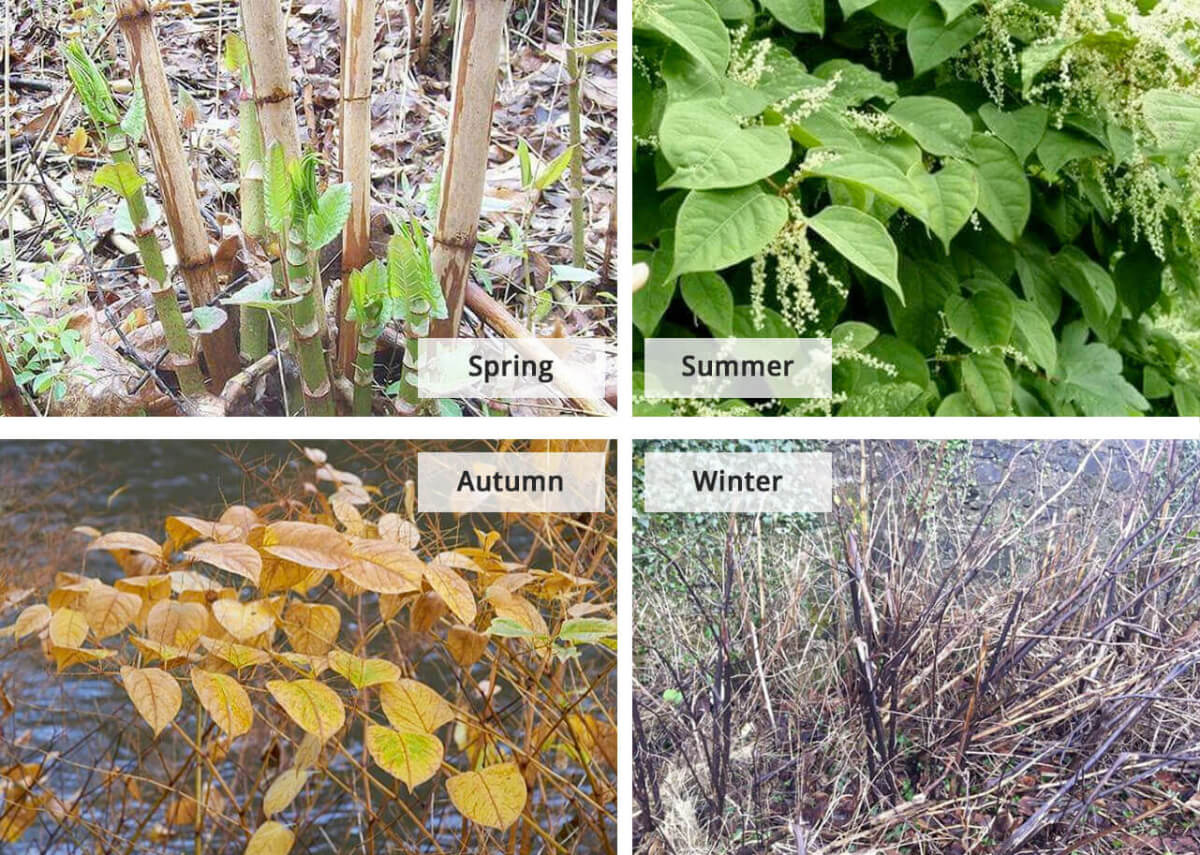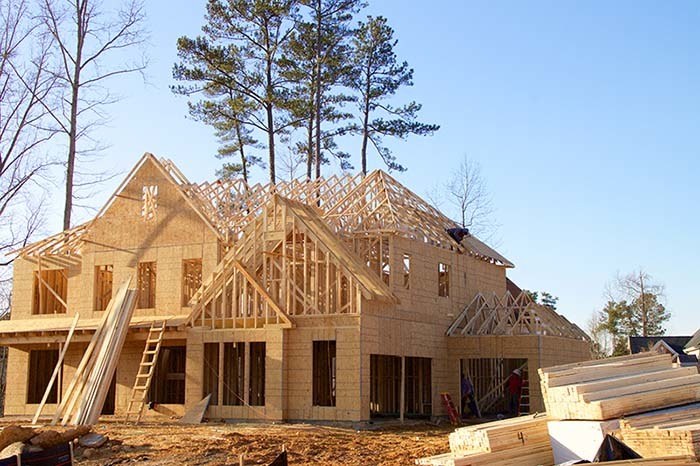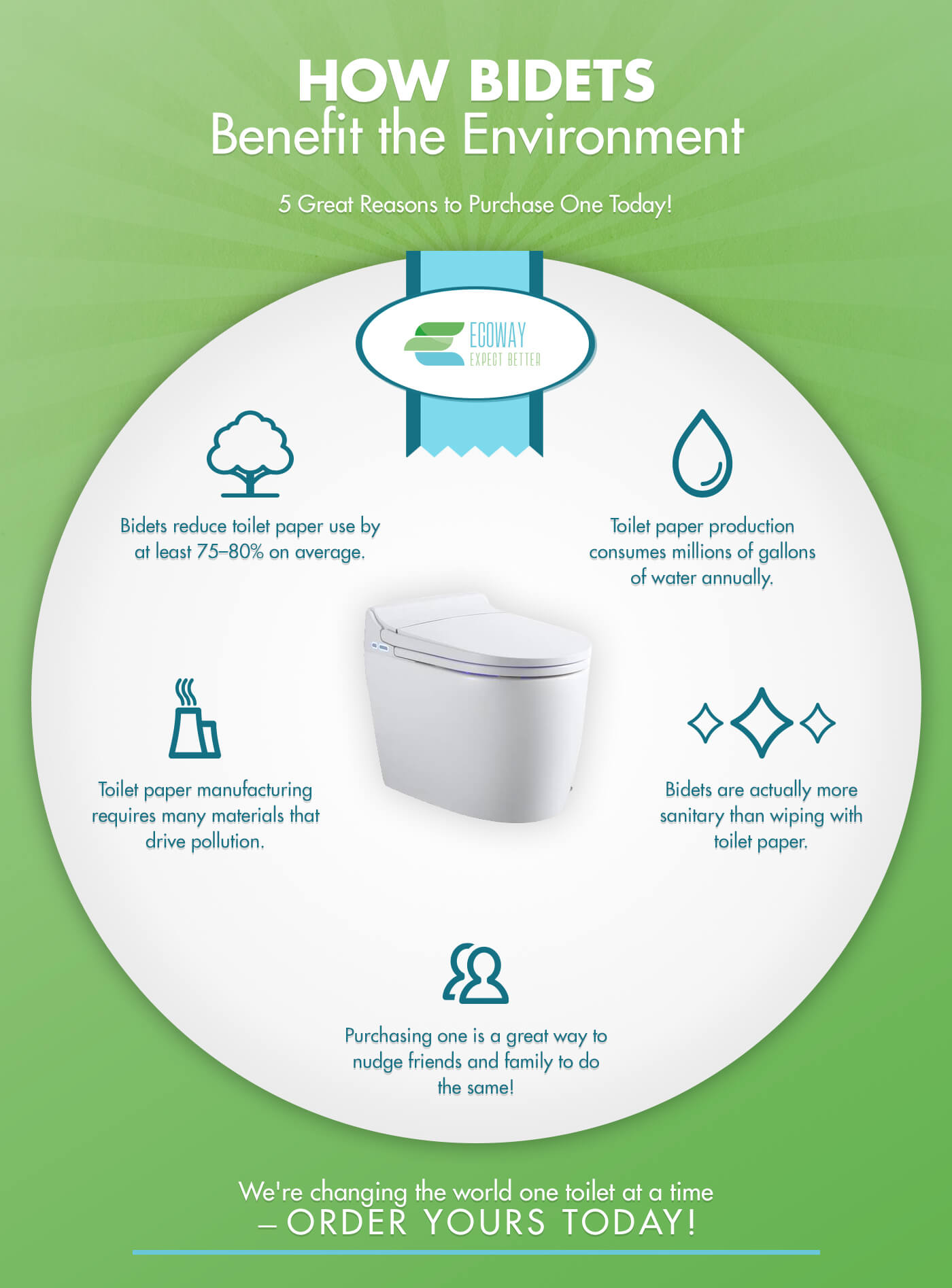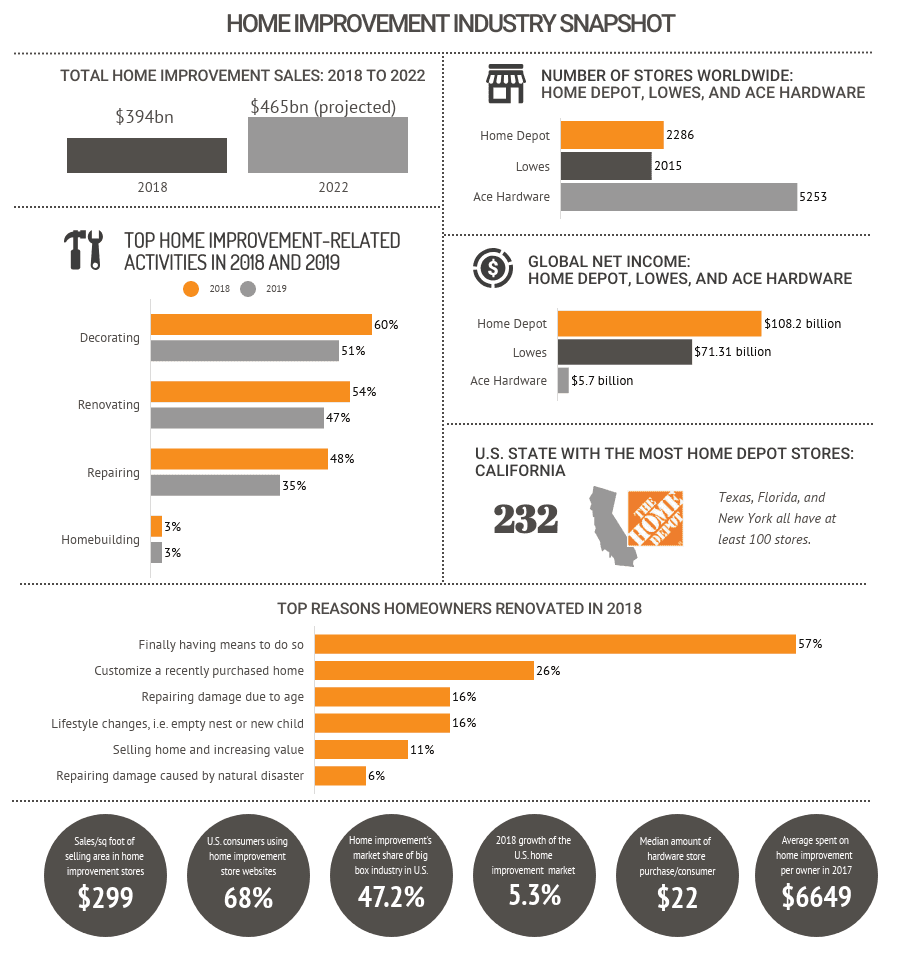Japanese knotweed has recently had a lot of focus in the press. This has perhaps blossomed from its profile being raised in a number of cases where it has significantly affected the ability of homeowners to sell their properties.
However, the impact of knotweed on buildings and the increased awareness amongst property professionals and the public alike, have caused a flurry of legal activity, both in terms of action in the courts and in the appearance of new, or revised, legislation.
Despite this, it should be noted that it is not currently an offence to have Japanese knotweed on your land and there is no legal obligation to remove it or to notify anybody of its presence. Committing an offence is only likely if knotweed directly and detrimentally affects others.
Japanese Knotweed Legislation
The current legislation aimed at reducing the impact of Japanese knotweed is outlined below.
Anti-Social Behaviour Orders (ASBOs)
In 2015, legislation was revised to allow Anti Social Behaviour Orders (ASBOs) to be issued by local authorities and the police in instances where a landowner causes an invasive non-native species like Japanese knotweed to cause a detrimental effect on others.
The Wildlife and Countryside Act 1981
It is stated in the Wildlife and Countryside Act that is an offence to plant, or otherwise cause to grow in the wild, Japanese knotweed or a number of other invasive non-native plant species.
The key definition here is “in the wild”. Although Japanese knotweed can have significant impacts on ecologically sensitive habitats, in the wild, it is mostly a people and property issue affecting homes and communities in built up areas. This law is, therefore, rarely used to prosecute landowners for causing their knotweed to affect others. However, as the longest standing piece of knotweed legislation in the UK, it is often quoted as the main piece of criminal law that applies to it.
The Infrastructure Act 2015
Species Control Agreements (SPAs) and Species Control Orders (SPOs) are detailed in the Infrastructure Act 2015. SPAs are entered into so that a landowner takes responsibility to organise and undertake the treatment of invasive non-native species on their property that are affecting their neighbours. If an SPA doesn’t deliver, then SPOs provides regulators with powers to enter a property and to undertake the necessary treatment works. All costs in doing these are then recovered, where possible, from the landowner. However, the UK Government has indicated that it does not consider this legislation appropriate for managing widespread non-native species like knotweed. ASBOs are therefore likely to be more effective.
EU Invasive Alien Species Regulation 2015
Many Member States within the EU suffer significant economic impacts from non-native (“alien”) invasive species. This has led to a process of non-native species reviews across the Union, which have culminated in this new piece of legislation.
In 2015, Member States are to draw up lists of species of “Union Concern”. Management plans to reduce the spread and impact of these species will then be drawn up by individual member states.
Due to it being widespread across the Union, it is likely that Japanese knotweed will be included within this legislation.
Knotweed Waste Legislation
Japanese knotweed is a controlled waste. As such, all those involved in the creation of knotweed waste at its source, its transport to, and ultimate disposal at, an appropriately licensed waste storage or treatment facility (e.g. a landfill site), must be aware of the specific risks of spreading it, and they must therefore put appropriate measures in place to mitigate any such risks. Failure to comply with the duty of care requirements of the appropriate waste legislation could lead to an unlimited fine and/or criminal prosecution.
Private Nuisance
Allowing Japanese knotweed to spread onto neighbouring land and affect adjacent property could very easily result in claims for damages under private nuisance laws.
It doesn’t even have to cross any boundaries as guidance from the Royal Institution of Chartered Surveyors recommends that any growth within 7m of a property boundary could affect the value of a property and require treatment, with associated costs and damages.
This is by far the most active area of legal action where knotweed affects property. In comparison with other legislation, the damages and other costs from this type of litigation can be significantly greater than any fines or costs that might be recovered under the other legislation listed above.
How to get rid of Japanese Knotweed
First, you need to identify it. There is some useful information on Japanese knotweed identification here: http://www.phlorum.com/resources/knotweed-identification/ (you can even upload your own photos for an expert to check, for free at phlorum.com).
The key features to look for in a suspected knotweed plant are as follows:
- Heart- to shield-shaped leaves;
- Stems are 2m to 3m tall;
- Alternate leafing pattern along stems, which creates a zigzag pattern along the uppermost parts; and
- Purple blotches on the bamboo-like stems, which are hollow, and which can relatively easily be snapped to reveal this feature.
Once positively identified, it is then necessary to take action to treat the knotweed so that you are protected from legal action or any diminution in value to your property caused by the plant’s presence.
Japanese knotweed removal can be effected in a number of ways, but the cheapest is by applying herbicide over several years. It takes a long time as the herbicide has to be systemically absorbed into the plants and translocated the extensive and deep root system, which can take several applications over a number of growing seasons.
More immediate Japanese knotweed solutions can be obtained by digging out the extensive root system. However, disposal of this controlled waste can be extremely costly.
Whatever treatment method is adopted, in order to provide effective protection from legal action, it is vitally important that the work is undertaken by a member of the Property Care Association Invasive Weed Control Group, which is the only fully independent UK trade body for knotweed professionals. As such, all works will be covered by insurance backed guarantees recognised by the RICS and approved by the Council of Mortgage Lenders and Building Societies Association.





